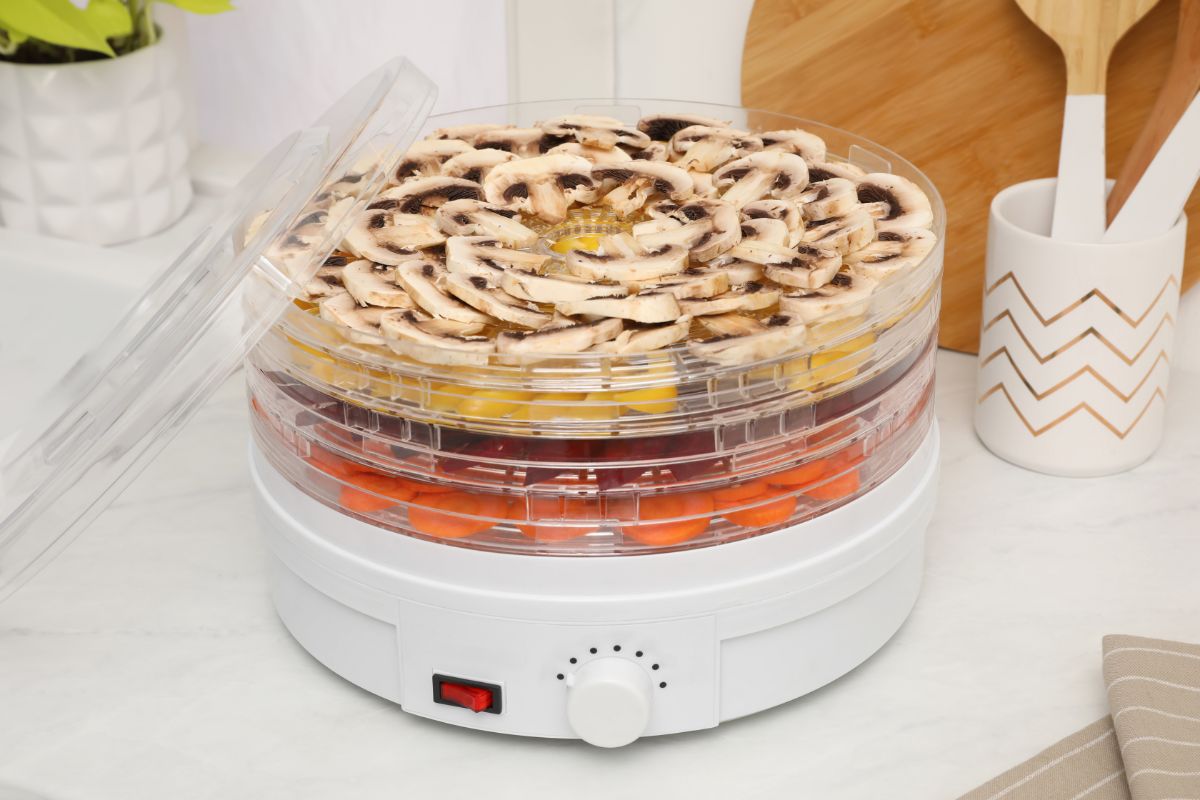Important safety precautions to take when dehydrating food include sterilizing all equipment, tools, and storage containers. All fruits and vegetables should be washed and pre-treated, while meat should be pre-cooked. Always use the correct drying temperature and fully dehydrate all food.
Table of Contents
Food Safety Rules for Dehydrating Food Safely
Here are important food safety precautions to take when dehydrating food:
- Always use the right temperature when dehydrating food.
- Dehydrating foods such as meat at high temperatures will help destroy the microorganisms and enzymes that cause bacteria growth.
- Test the moisture content of food before storing it to ensure it is completely dehydrated.
- Position the dehydrator in a space with good air circulation and low humidity.
- Choose the right food products to dehydrate. Fruits, veggies, legumes, and lean meat are great choices, while high-fat foods, such as peanut butter, are not.
- Clean the dehydrator and the packing containers to get rid of contaminants before dehydrating and storing food.
- When using an electric dehydrator, place the food on the dehydrator trays in a single layer to allow for proper air circulation.
- Cook raw meat to 160°F and poultry to 165°F before making jerky.
- Dry meats in your food dehydrator at a temperature of 140°F to 160°F degrees throughout the drying process.
- Cut fruits, meat, and vegetables into thin slices to promote even drying.
- Pre-treat fruits and vegetables by soaking them in lemon juice or an ascorbic acid solution for 10 minutes to prevent them from turning brown.
- Ensure dehydrated food is completely cool before packing it in airtight containers.
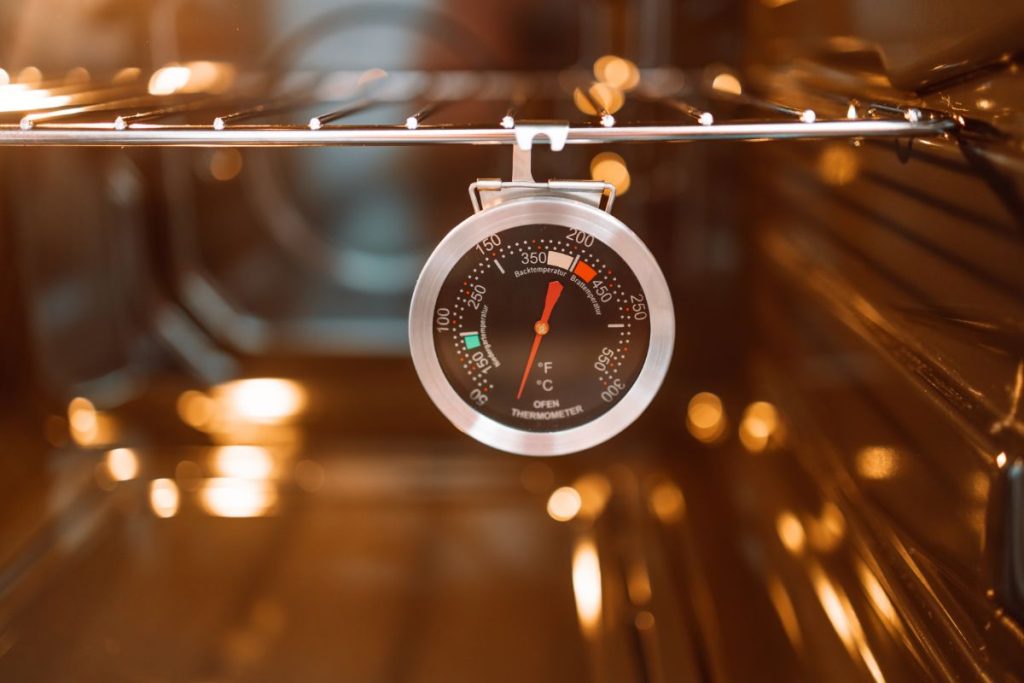
Best Method to Safely Dehydrate Food
The best method of food preservation is using an electric dehydrator. This method of food preservation produces a higher-quality dried food product with consistent results.
A food dehydrator maintains a more regular temperature throughout the drying process and continually removes humid air, which ensures that the food is evenly dehydrated. This helps to prevent mold and bacteria from growing on the food.
Foods You Should Not Dehydrate
Foods that should not be dehydrated include:
- Dairy: Dairy products contain a lot of moisture and can spoil easily.
- Eggs: Dehydrating eggs is not recommended due to the risk of salmonella.
- Nuts: Foods rich in fat, such as nuts and nut butter, are prone to going rancid.
- Processed foods: Avoid dehydrating foods that contain additives or artificial flavors, as they can affect the quality and safety of the food.
Should You Blanch Food Before Dehydrating?
Most vegetables and some fruits should be blanched. Blanching is a pre-treatment method that involves briefly immersing food in boiling water and then placing it in cold water.
Blanching helps to preserve the color, flavor, and nutrients of the food and reduces the risk of microbial contamination. It also inactivates enzymes that cause fruits and vegetables to ripen and soften, which extends their shelf life when dehydrated.
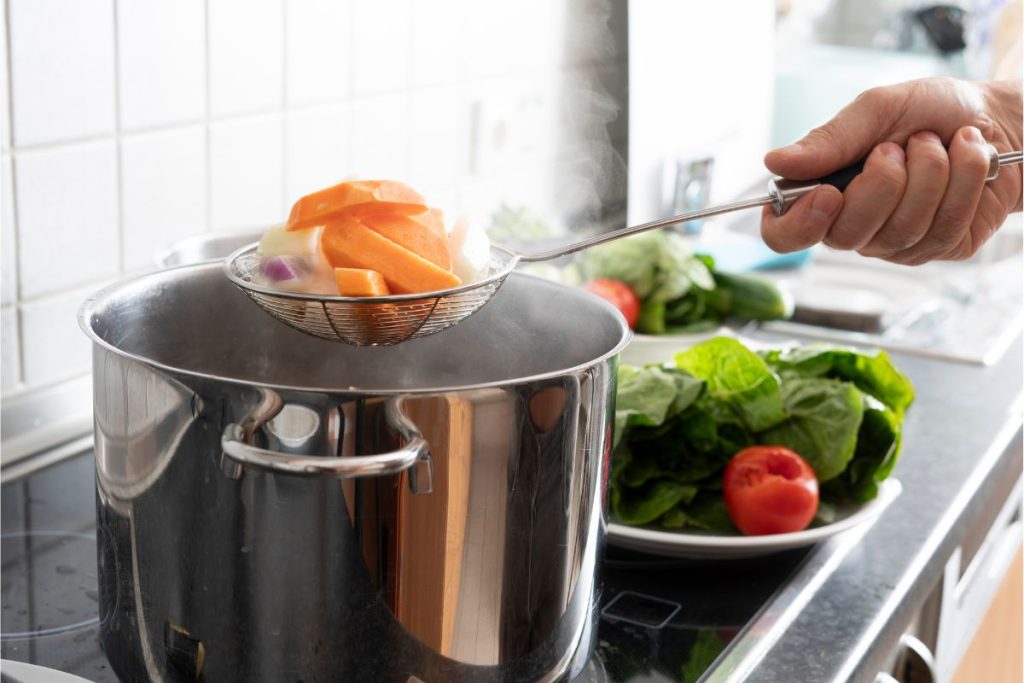
Should You Use Preservatives when Dehydrating Food?
Food preservatives are substances that are added to food to slow down the growth of bacteria, molds, and yeast. The decision on whether or not to use preservatives when dehydrating food is up to individual preference.
Preservatives help to maintain the color and taste of food. The best preservatives to use when dehydrating food include:
- Ascorbic acid: This is a natural antioxidant that can help to prevent the oxidation of fats and oils in dehydrated foods.
- Citric acid: Citric acid helps to prevent browning and extend shelf life.
- Fruit juice: This is a chemical-free option that contains natural acids that inhibit the growth of microorganisms.
- Sodium bisulfite: A chemical compound that is used to preserve dried fruits and vegetables, wine, beer, and other fermented beverages.
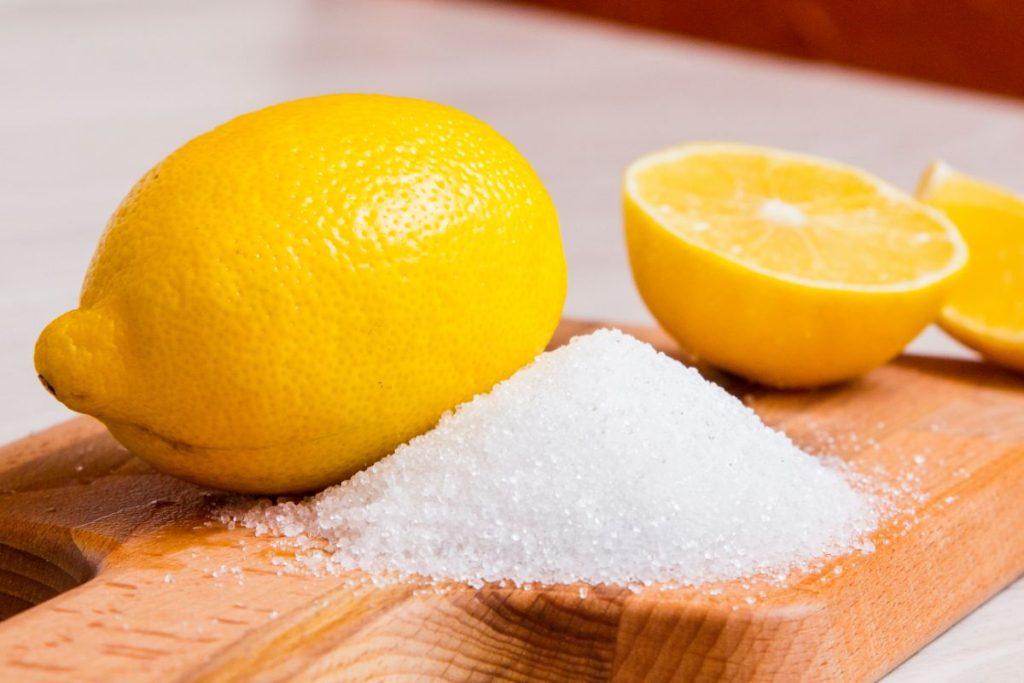
What Should You Do If You Notice Food is Not Dehydrating Properly?
If you notice that food is not dehydrating properly:
- Check the temperature and adjust it or increase the drying time
- Consider blanching foods with high moisture content
- Ensure food is spread out evenly with enough space for air circulation
- Flip the food pieces to promote even drying
- If you suspect your dehydrator isn’t working properly, refer to your manual for further instructions
Does Dehydrating Food Kill Bacteria?
Dehydrating food prevents the growth of bacteria and makes food safe for storing at room temperature, while higher temperatures can kill bacteria. For fruits and vegetables, a temperature of 130°F must be maintained for 6-24 hours to ensure bacteria are killed.
Per the USDA, set your dehydrator to a temperature of 160°F to 165°F for drying meat and poultry. It is important to pre-cook meat and poultry before drying them to reduce the risk of bacterial contamination.
How to Store Dehydrated Food Safely
Shelf-stable food should be stored in a cool and dry place, away from direct sunlight and high temperatures. Storage containers should be airtight (such as glass jars) to prevent moisture from getting in.
Always label foods and use a first in, first out rule (FIFO) when storing dehydrated food. Use the oldest food first and continually rotate and refresh your stock.
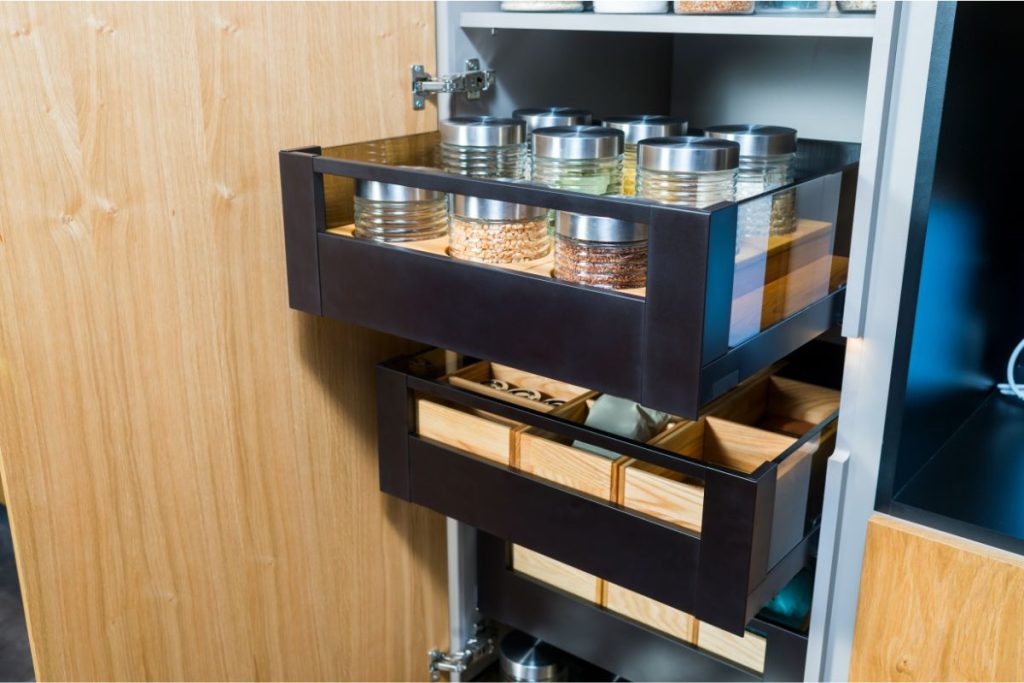
Shelf Life of Dehydrated Food
The shelf life of dehydrated food varies depending on the type of food, temperature, humidity, and food storage conditions.
- Dehydrated fruits and veggies last 6-12 months when stored in a cool, dry place.
- Dehydrated meat and poultry can last for several months to a year when stored in Mylar bags or vacuum-seal bags and kept in the freezer.
- Dried goods can last up to a year when stored with oxygen absorbers.

